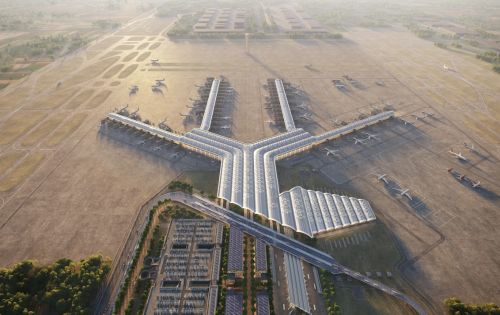The opening of eight shopping centres in the first half of 2007, brought an additional 264,800 sqm of retail space to the Polish market. Even more importantly, most of these projects are situated in city centres, including the biggest of the lot – Warsaw’s Złote TarasyApart from the ING Real Estate project (63,600 sqm gross shopping space), such centres as Pasaż Grunwaldzki (50,000 sqm) and Arkady Wrocławskie (30,000 sqm) in Wrocław, Forum Gliwice (43,000 sqm), Plaza Lublin (23,800 sqm), Plaza Rybnik (18,500 sqm) and Plaza Sosnowiec (13,000 sqm) have also opened their doors to customers, as well as the second stage of the Stary Browar shopping centre in Poznań (26,000 sqm). But that’s not all. The market also witnessed the opening of several other centres, including Ferio Legnica (13,200 sqm) from Raiffeisen Evolution and Zielony Park Handlowy of around 24,000 sqm. All in all, the first quarter of 2007 saw a total of 400,000 sqm new space coming on to the market






























































